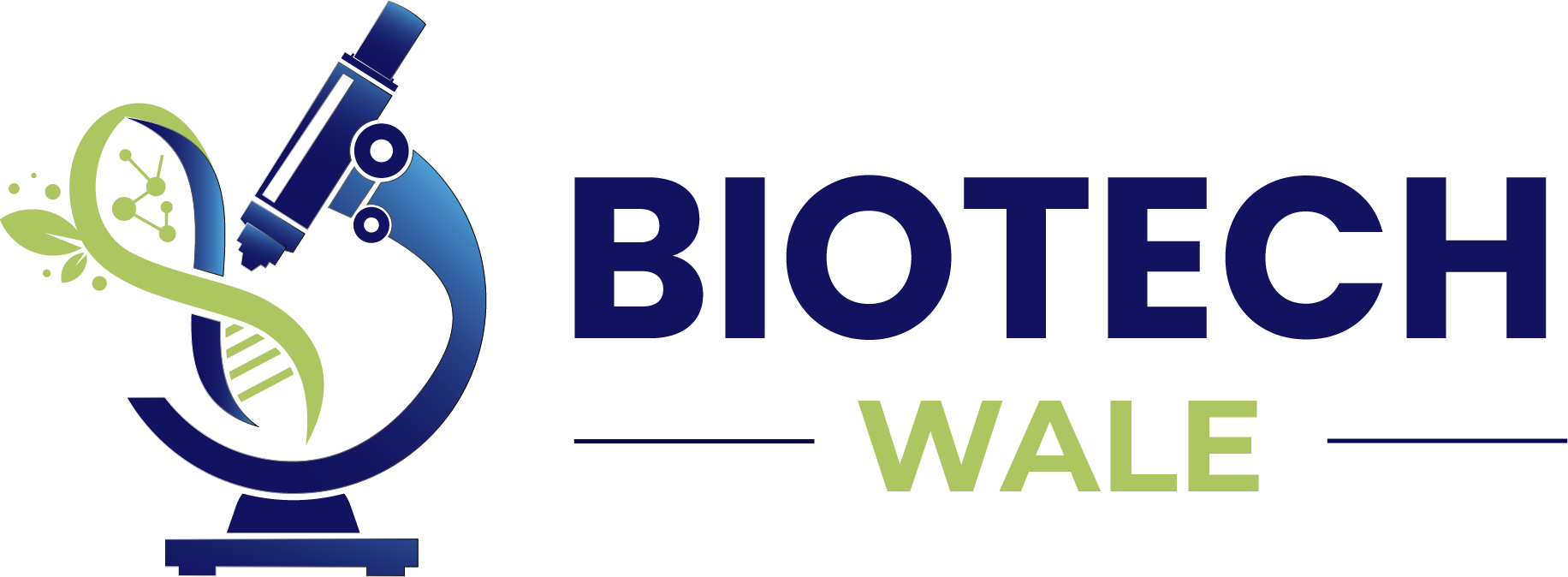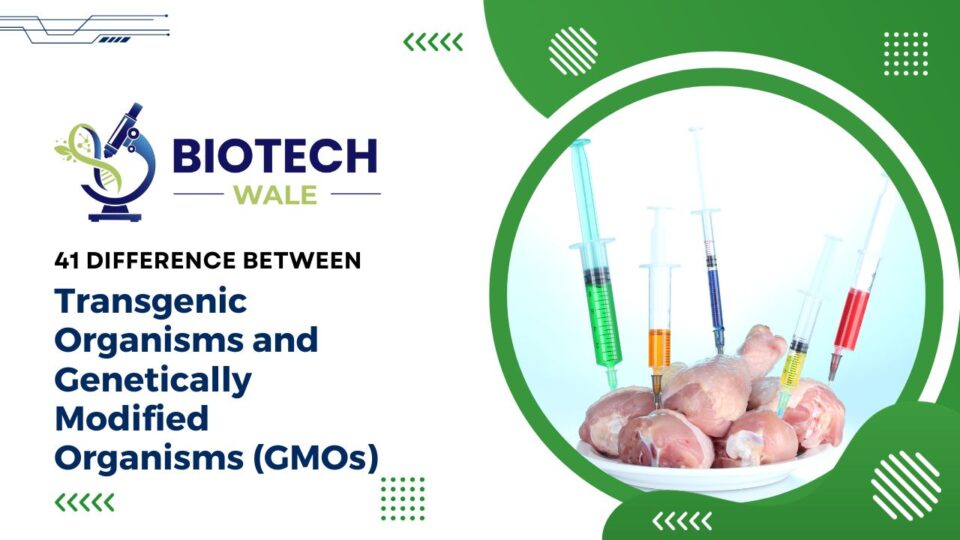Although the phrases transgenic and genetically modified (GMO) organisms are sometimes used interchangeably, they have slightly different connotations and ramifications.
It’s crucial to remember that GMOs, especially transgenic organisms, have generated a lot of discussion and controversy because of worries about their possible effects on the environment and human health. While opponents express worries about unintended consequences, biodiversity loss, and the possibility for allergenicity or other health hazards connected with consuming GMOs, supporters contend that GMOs can assist address global food security difficulties and minimise the need for chemical pesticides.
The laws governing the production and marketing of GMOs differ from country to country, with some enforcing rigorous labeling laws while others outright forbid or severely restrict their usage.
Transgenic creatures are living things whose genes from one species have been inserted into their genome. Recombinant DNA technology, often known as genetic engineering, is used to carry out this genetic change. Transgenic organisms are intended to give an organism’s particular features or characteristics that it would not naturally acquire through natural breeding or evolution.
In general, transgenic organisms are a formidable biotechnological tool with the potential for both considerable advantages and moral and environmental difficulties. Scientific, governmental, and societal debates about their continued development and use are ongoing.
GMOs are creatures whose genetic makeup has been changed in a way that does not happen normally through natural recombination or mating. Typically, this genetic change is carried out via biotechnology methods like gene editing or genetic engineering. GMOs are employed in a variety of industries, including agriculture, medicine, and industry, and they can include plants, animals, and microorganisms.
Medicines, vaccines, and other therapeutic goods are created through genetic engineering. For instance, genetically altered bacteria or yeast can be used to create insulin for the treatment of diabetes. Animals that produce useful proteins or act as models for the study of human diseases can be created using genetic alteration.
|
S.No. |
Aspects |
Transgenic Organisms |
Genetically Modified Organisms (GMOs) |
|
1 |
Definition |
Contain genes from different species |
Altered using genetic engineering |
|
2 |
Origin |
Result of gene transfer |
Altered within the same species |
|
3 |
Gene Source |
Incorporate genes from unrelated organisms |
Modified genes from the same species |
|
4 |
Precision |
Specific gene insertion |
Broad genetic modification |
|
5 |
Genetic Makeup |
Contain genes not naturally found |
Altered but may retain natural genes |
|
6 |
Genetic Diversity |
May introduce new genetic diversity |
Less likely to introduce diversity |
|
7 |
Crossbreeding |
Not achieved through traditional breeding |
Not achieved through traditional breeding |
|
8 |
Examples |
Bt cotton, Golden rice |
Non-GMO soybeans, Selective breeding |
|
9 |
Regulation |
Subject to strict regulatory scrutiny |
Varies by region and product |
|
10 |
Genetic Stability |
Genes can be stably inherited |
Genetic stability can vary |
|
11 |
Targeted Traits |
Specific traits are inserted |
Various traits can be modified |
|
12 |
Environmental Impact |
Potential impact on ecosystems |
Potential environmental impact |
|
13 |
Crop Yield |
May increase yield through traits |
May or may not impact yield |
|
14 |
Pest Resistance |
Often used for pest resistance |
Can also be used for pest resistance |
|
15 |
Herbicide Tolerance |
May include herbicide tolerance genes |
May include herbicide tolerance genes |
|
16 |
Allergenicity |
May introduce allergenic proteins |
Risk of allergenicity is considered |
|
17 |
Nutrient Content |
May enhance nutrient content |
Nutrient content can be modified |
|
18 |
Regulatory Approval |
Stringent regulatory process |
Regulations vary by country |
|
19 |
Human Consumption |
Some transgenics used in food |
GMOs are common in the food industry |
|
20 |
Medicinal Uses |
Used in producing some medicines |
May be used for pharmaceuticals |
|
21 |
Ethical Concerns |
Raises ethical concerns in some cases |
Ethical concerns less pronounced |
|
22 |
Labeling Requirements |
May require specific labeling |
Labeling varies by region and product |
|
23 |
Genetic Drift |
May contribute to genetic drift |
Less likely to contribute to drift |
|
24 |
Gene Flow |
Potential for gene flow to wild relatives |
Gene flow is generally lower |
|
25 |
Biodiversity Impact |
Potential impact on biodiversity |
Less likely to impact biodiversity |
|
26 |
Patenting |
Can be patented in some cases |
May be patented in some instances |
|
27 |
Public Perception |
Often met with public skepticism |
Varied public perception |
|
28 |
Trait Selection |
Specific traits can be selected |
Limited to natural traits selection |
|
29 |
Herbicide Use |
May reduce herbicide use |
May not influence herbicide use |
|
30 |
Pest Management |
A tool in integrated pest management |
Not directly related to pest control |
|
31 |
Nutritional Benefits |
May enhance nutritional benefits |
Variable impact on nutrition |
|
32 |
Genetic Exchange |
Genes from different species may exchange |
Less genetic exchange potential |
|
33 |
Research Applications |
Used in genetic research |
Wider applications in biotechnology |
|
34 |
Environmental Concerns |
Greater environmental concerns |
Environmental concerns vary |
|
35 |
Consumer Awareness |
Often raises consumer awareness |
Consumer awareness varies by region |
|
36 |
Resistance Development |
Resistance can develop in pests |
Resistance development varies |
|
37 |
Animal Usage |
Can be applied in animal breeding |
Less common in animal breeding |
|
38 |
Insecticides |
Reduces reliance on insecticides |
Not directly related to insecticides |
|
39 |
Global Adoption |
Less widely adopted globally |
More widespread global adoption |
|
40 |
Ecological Impact |
May have complex ecological impacts |
Impacts tend to be less complex |
|
41 |
Risk Assessment |
Requires rigorous risk assessment |
Risk assessment varies by region |
Frequently Asked Questions (FAQs)
Q1: Why do GMOs get made?
GMOs are made for a variety of reasons, such as raising agricultural yields, boosting pest and disease resistance, boosting tolerance for environmental stresses, and raising nutritional value.
Q2: Transgenic organisms: Are they safe for the environment and for consumption?
Depending on the particular modification and the intended use, different transgenic organisms raise different safety concerns. Prior to its approval for commercial usage, regulatory bodies do extensive testing to determine the safety of transgenic organisms.
Q3: What part do regulatory organizations play in regulating transgenic organisms?
In the United States, regulatory organizations like the FDA (Food and Drug Administration) and USDA (United States Department of agricultural) assess the safety of transgenic organisms and decide whether they can be employed in agricultural and food production or discharged into the environment.
Q4: GMOs: Are they bad for the environment?
Depending on the particular mutation and its application, GMOs can have a variety of environmental effects. GMOs have occasionally reduced the need for chemical pesticides, which can be bad for the environment. GMOs may interbreed with wild cousins, which could have an adverse effect on natural ecosystems.
Q5: Do foodstuffs with GMOs have labels on them?
Country-specific GMO labeling laws exist. While some nations demand the labeling of products containing GMO components, others do not. Though not as stringent as in some other nations, labeling regulations do exist in the United States.





Average Rating